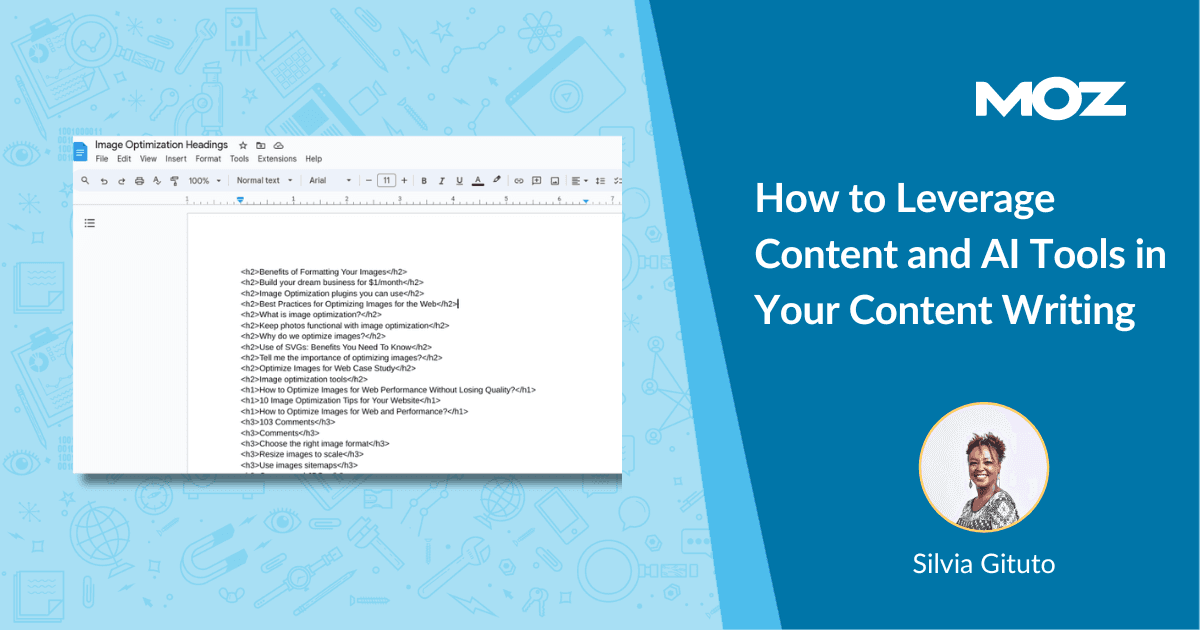MARKETING
How to Leverage Content and AI-powered Tools in Your Content Writing

You can now use this list of keywords to inform your content strategy. Create targeted and relevant content around these keywords to improve your site’s search engine visibility.
Remember that your content should always address user intent and provide value to your audience.
2. Use AlsoAsked to find FAQ-rich results
The FAQ-rich results, such as the People Also Ask (PAA) section in Search Engine Results Pages (SERPs), is a SERP feature from Google that displays a list of questions asked in relation to the original search query.
It is a goldmine for content writers because it can give a deeper insight into the specific concerns and questions of your target audience.
Particular tools have brought a new level of efficiency and effectiveness to content writing by fetching real-time PAA query data and insights.
When writing content, the PAA section can help you to:
-
Generate relevant and valuable content that addresses common questions and concerns.
-
Expand your article’s topics, cover related queries, and enhance the article’s depth and comprehensiveness.
-
Integrate PAA queries as keywords in your article to improve its search engine visibility and alignment with user search intent.
-
Incorporate PAA queries to create a structured FAQ section within your article, enhancing user experience and providing quick answers to common queries.
Here’s what Mark William Cook, the founder of AlsoAsked, has to say:
“I work with a lot of data when doing keyword research, and a common challenge people run into is wondering “Should I answer all PAA questions in my content?” In my opinion, great content will always include an intent statement that summarizes what the reader can take away from the content. It’s this intent statement that gives you your scope of questions to answer.”
Tailor your content to match the language and phrasing of PAA queries, aligning with how users search, increasing the chances of your article being considered relevant.
The tool AlsoAsked is a valuable asset that utilizes AI algorithms to fetch PAA queries directly from SERPs. It then presents this data, including a tree of subsequent results when questions are clicked, providing valuable insights into the interests, concerns, and informational gaps of your target audience.
Follow the below steps to generate PAA questions using AlsoAsked:
Step 1
Enter your search term in the query box, and choose the language and region you are researching. Click on the Search button. I’ve searched the keyword “vitamin b for dogs.”


















